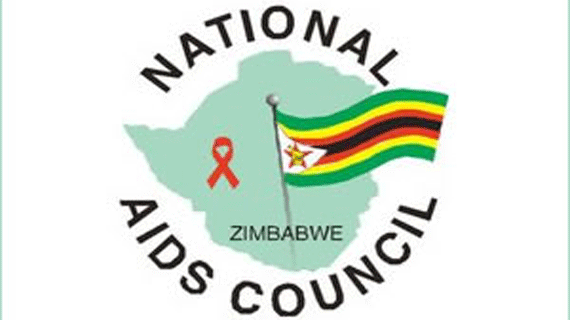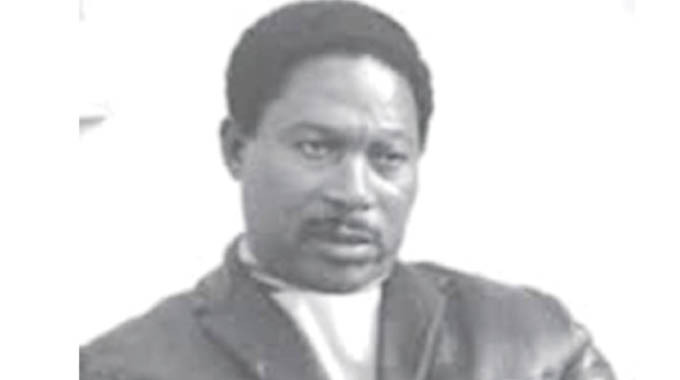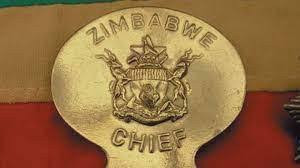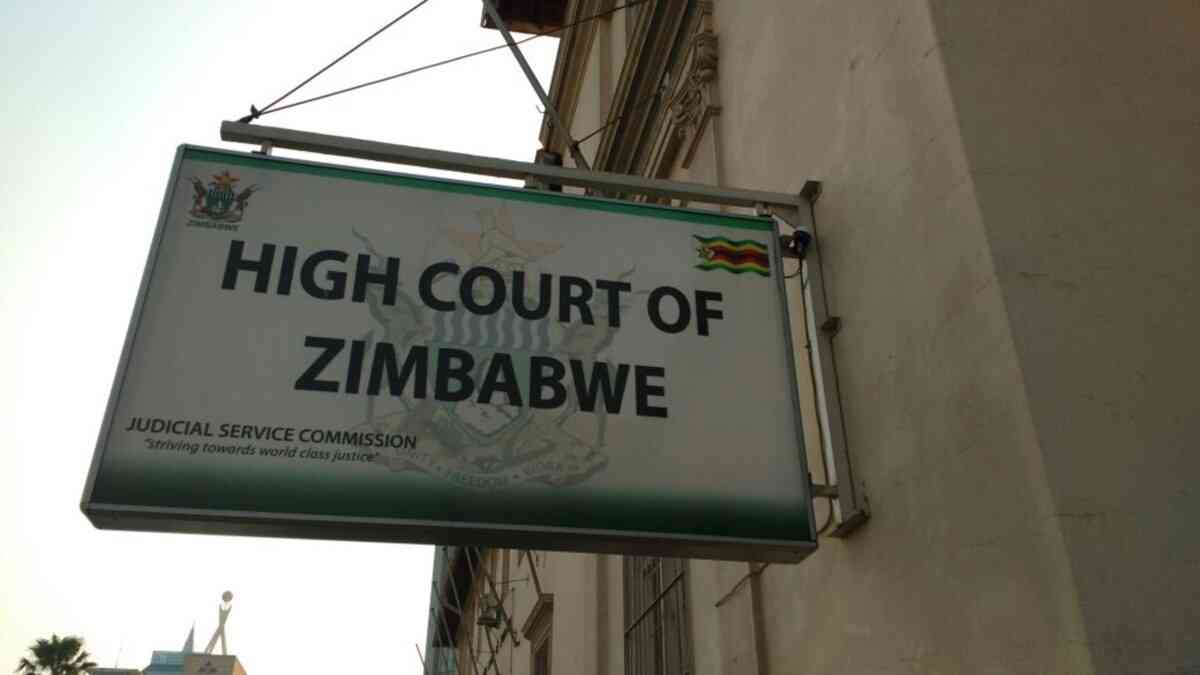
A MATABELELAND NORTH National Aids Council (NAC) official has said a comprehensive study needs to be conducted to establish reasons why Hwange and Tsholotsho have the highest sexually transmitted infection (STI) rates in the province when condom distribution was high. CHIEF REPORTER Hwange and Tsholothso recorded 2 731 and 2 104 STI cases respectively in 2013 despite about 500 000 condoms being distributed during the same period. NAC monitoring and evaluation officer Mthokozisi Moyo told Southern Eye on the sidelines of a stakeholders meeting in Bulawayo yesterday that the trend was worrying.
“A total of 10 902 STI incidences were recorded in 2013 in the province. The STI incidences are high in Hwange, Tsholotsho and Umguza districts while Binga and Bubi had the least,” Moyo said.
“A total of 334 215 (94%) male condoms and 158 016 (6%) female condoms were distributed across the province.”
Umguza district had 810 male STI cases and 848 female, Nkayi (442 male and 843 female) while Lupane recorded 568 male and 755 female cases. Bubi accounted for 412 male STIs and 365 female and Binga (242 males and 465 female). Asked why STI case were high, Moyo said a comprehensive study still had to be conducted.
“A survey has not been done to ascertain why STIs are high in the province when condom distributions are high,” he said.
“Some people say condoms are used for making floor polish; some say they apply the fluid on the face as it is deemed a good lubricant and the loop of the condoms is used as bangles. We really need to research this.”
According to a report presented during the meeting. Binga district recorded the highest number of women booked for antenatal care with 4 871 against the least number of women testing for HIV positive at 142. The report stated that 53 004 people tested for HIV last year of which 23 645 were males and
29 358 females. However, the number of young people testing for HIV dropped in the last three months of 2013 from 5 930 in the first quarter to 3 418 in the fourth quarter.










